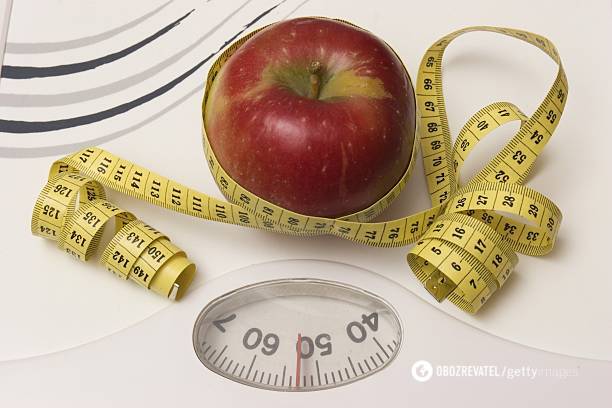LS Food
Glycemic index: learning to choose the right foods
Carbohydrates are an essential component of a healthy diet, they are the main source of energy for all cells in the body.
Nutritionist Olha Andrianova wrote about this in her blog.
According to the nutritionist, different types of carbohydrates can have different effects on a person's health, weight, appetite, blood glucose, and cholesterol levels.
"To assess the impact of different foods on blood glucose levels, the so-called glycemic index is used. It shows how quickly our body converts what we eat into glucose, and how rapidly its level in the blood will increase. Pure glucose is used as a standard, with a glycemic index of 100," the nutritionist said.
The glycemic index of a product, according to the nutritionist, depends on the type of carbohydrates it contains, the chemical structure of their molecules (particle size, shape), the way the dish is prepared, and the presence of fiber, proteins, and fats.
"The better the product is crushed, the higher its glycemic index will be: applesauce will increase glucose levels faster than a whole apple," the nutritionist said.
According to the rate of increase in blood glucose, all foods are divided as follows:
Foods with a high glycemic index – 70 and above: dumplings, potatoes, boiled carrots, pumpkin, white rice, corn flakes, muesli, white bread, buns, waffles, jams, jams, honey, dried fruits, and watermelon.
These foods lead to a sharp increase in blood glucose levels, which for most people will lead to undesirable health consequences:
- Difficulty controlling weight and appetite. After drinking sweet tea with a bun, the blood glucose level will initially rise sharply, but then drop just as sharply. After half an hour to an hour, a person will feel hungry again, sometimes even more so than before the tea party. This will inevitably lead to overeating and weight gain.
- For glucose to get into the cell, it needs a special helper. This role is played by the pancreatic hormone insulin. It sends unspent glucose to adipose tissue, where it will be stored as fat. Excessive eating, frequent consumption of sweets, and constant snacking lead to a constant increase in blood insulin levels, resulting in visceral obesity, metabolic syndrome, and diabetes.
- Fats and cholesterol are transported in our body in the form of special compounds with proteins, these forms are called lipoproteins. Excess glucose enters into a chemical reaction with lipoprotein proteins, as a result, they begin to form atherosclerotic plaques in the vessels at a double rate, and atherosclerosis develops.
- Excess glucose also reacts with other proteins, a reaction called glycation. As a result, collagen in blood vessels and skin becomes loose, loses its natural structure, and cannot perform its functions. The walls of blood vessels become less elastic and lose their ability to relax normally, and this leads to an increase in blood pressure. Wrinkles appear on the skin, it becomes flabby.
- The more people eat foods with a high glycemic index, the faster they age. However, in some cases, such foods can be useful: for example, during a long workout or marathon, they can help you quickly recover your strength.
Foods with an average glycemic index of 56-65: melon, bananas, boiled beets, canned corn, semolina, pasta, millet, instant oatmeal, pancakes, and black bread.
Foods with a low glycemic index of less than 55: zucchini, eggplant, peppers, raw carrots, cucumbers, tomatoes, all types of cabbage, greens, buckwheat porridge, bran bread, legumes, apples, oranges, plums, eggs, milk and dairy products, nuts and seeds, berries.
According to the nutritionist, foods with a low glycemic index do not cause sharp fluctuations in blood glucose levels, and allow you to control your appetite, because they provide a long-lasting feeling of satiety. Therefore, they should form the basis of a person's diet and can be supplemented with a small amount of foods with a high glycemic index.































